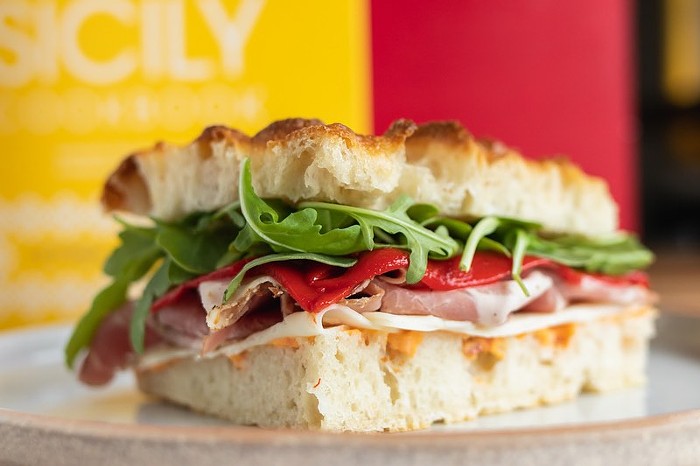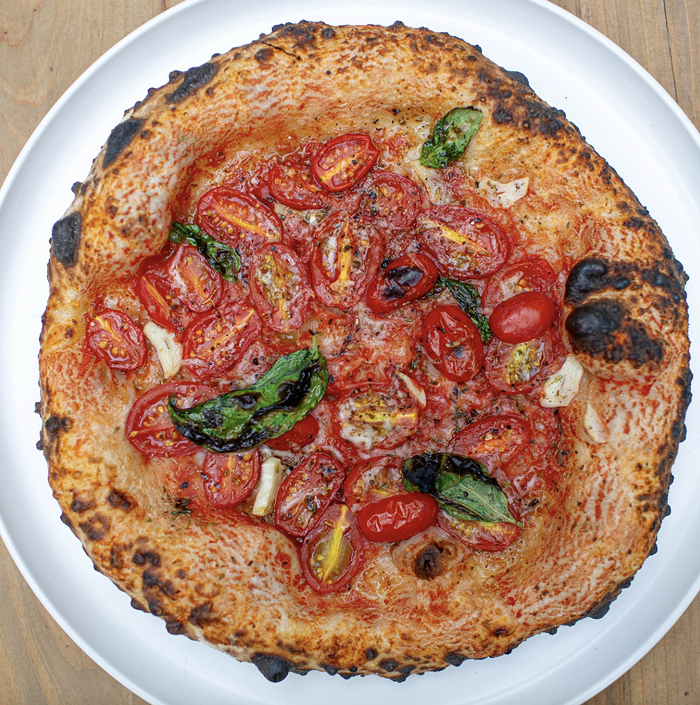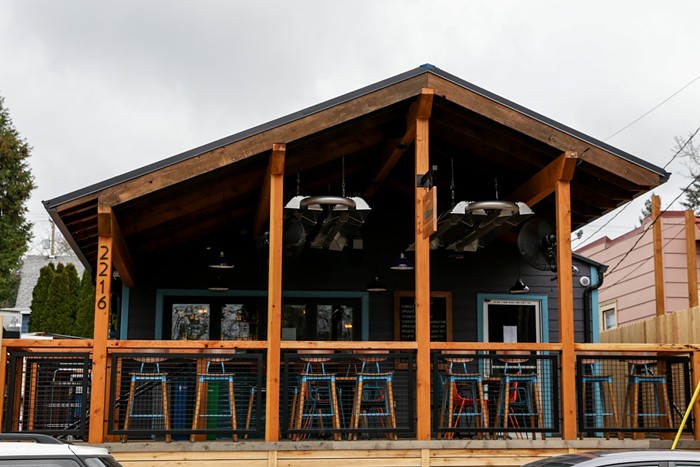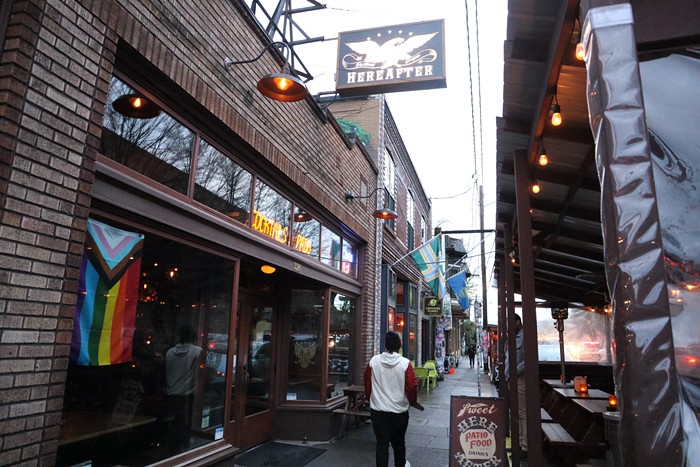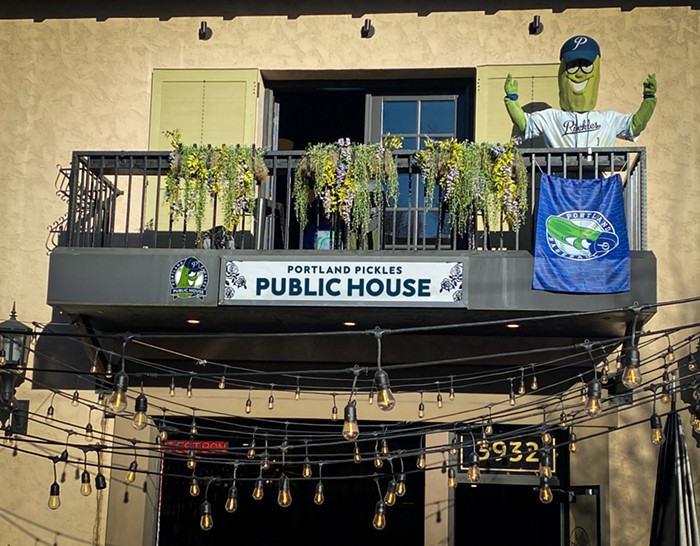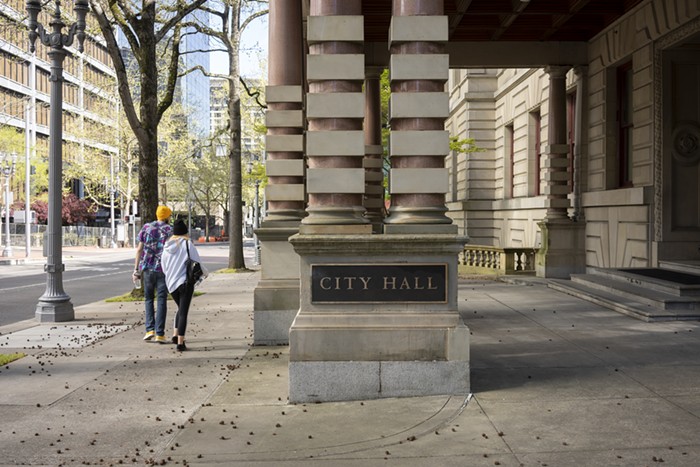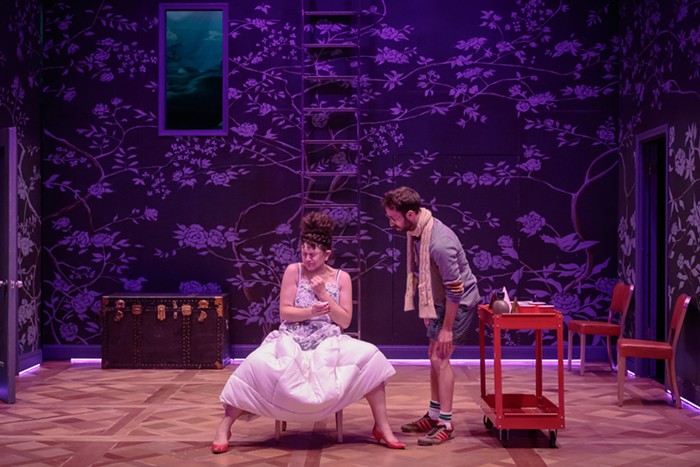It’s never easy to open a restaurant, but the opening of Magna Kusina—the new intensely personal restaurant from Carlo Lamagna celebrating his Filipino heritage—is a particular triumph.
Straight out of culinary school, Lamanga didn’t intend to cook the adobo h’ss father made, or the crab fat noodles his mother perfected. He worked in more traditional American-style Chicago kitchens, before heading to Portland in 2014 to cook at Clyde Common in the Ace Hotel.
But after losing his father, little touches of vinegar and impromptu happy hour orders of lumpia crept onto his menus. Soon the pop-up Twisted Filipino was born, as was the short-lived and ill-fated Honky Tonk Taco restaurant on Southeast Division.
“It’s been a battle for me and who I am, finding my voice and my identity,” Lamagna told me in 2017. “The biggest lesson I learned from [Honky Tonk] is if I’m not passionate about it, if my heart’s not really there, then don’t do it. Having a connection to the food makes it more interest’sing. Love is just a key element.”
Two years later, Magna finally opened, and the little corner restaurant has been jam-packed ever since.
Focusing on the dishes of his childhood, Lamagna makes art from a plate of raw and roasted farmer’s market vegetables ($11), with bright pops of watermelon radish and charred padrón peppers, coated in a yellow salted egg vinaigrette dressing.
Those crab fat noodles ($19) his mother made are now atop black squid ink noodles and given heat with pepper and texture from corn. They’re the best thing on the menu. A recent addition of lugaw, a vegan rice porridge ($9) with intense flavors infused by garlic chip “chicharron” and chili paprika oil, is an ode to warm bowls of comfort served by moms worldwide.
Magna’s opening was good timing: Filipino food, long difficult to find outside major cities and often disregarded by mainstream food media, is coming into its own nationwide—as a result, Lamagna’s restaurant was making most-anticipated lists across the country.
As such, I recommend making a reservation; the little spot is overflowing with folks of all stripes, and it’s heartening that there seems to be at least one table with a Filipino family passing around sisig ($13), an unctuous dish of pork bits, peppers, mayonnaise, and a soft boiled egg that is lovely with rice. Right now, there’s no liquor license, so plan on enjoying an RC Cola or a Squirt instead of a cocktail (drinks are on their way).
Plan on ordering about two dishes per person, especially if you do what I recommend: Order liberally from the smaller plates on the left side of the menu, written on a giant chalkboard on the wall, and share. Once you stray into the larger entrees, consistency gets a bit trickier.
A recent pork adobo ($19), named after Lamagna’s father Wilfredo, had soy and vinegar, but not nearly enough to boost the flavor of the meat. The plate had both ribs, which were fatty and good, and a cut of shoulder meat that was tough and dry. Similarly, a gorgeous fried whole red snapper (market price, but we paid $28 that day) was cooked to crispy perfection, but the sweet-and-sour sauce and papaya salad it came with failed to impart enough zing to the fish.
I thought I’d give the pork shoulder another go-round with the dinguan ($21), this time topped with a pork blood jus and pickled piparra peppers, but again it fell just slightly flat. The steamed rice cake was oddly dry and sweet and seemed out of place on the plate.
Often, Filipino food is derided for having too much vinegar or sugar—Lamagna’s restraint so far in that department has me crying out for more. However, it’s early days and Lamagna’s track record as a rising star means that Magna, his literal ark to his former island home, will surely steer straight and true for some time to come.


